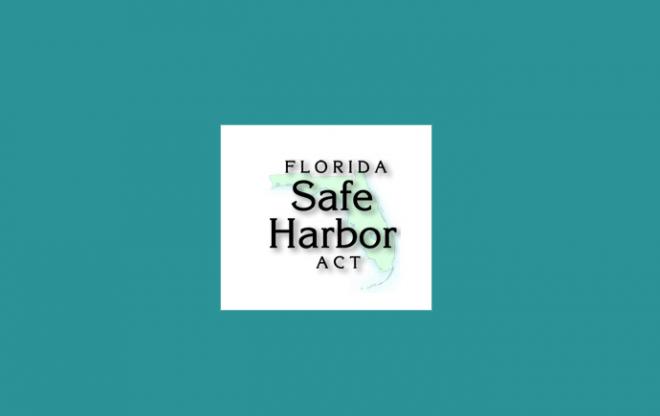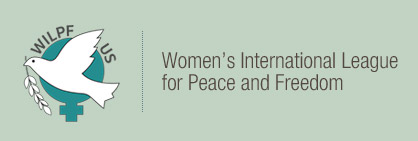Florida Safe Harbor Act
Published on April, 11 2016
By Brianna O’Steen, Advancing Human Rights, Human Trafficking Subcommittee
Later this month I will be hosting a webinar to present findings from my research on the Florida Safe Harbor Act and domestic minor sex trafficking across the state, as a graduate student at the University of South Florida.
The webinar will explain federal and state legislation on human trafficking as well as discuss what has changed in the last three years in Florida. I am completing the data analysis and plan to present it later in April. To learn the date and sign up for the webinar, send an email to Brianna O'Steen osteen14@gmail.com.
Human trafficking has become an increasingly popular topic in the United States and abroad. It is an umbrella term that includes labor trafficking, sex trafficking, domestic servitude, and debt bondage of international, domestic adults and children. The Trafficking Victims Protection Act (2000) is the federal legislation that provides protection and services to victims of human trafficking. However, at a federal level it focuses more on international victims. Individual states, beginning with New York, have begun passing their own legislation to address the issue of domestic minor sex trafficking. Florida followed suit in 2013 with the Florida Safe Harbor Act.
The Florida Safe Harbor Act set out with multiple intentions. It prohibits law enforcement from arresting minors on prostitution charges and has promoted a societal shift in viewing these children as victims as opposed to reckless youth making bad decisions. In addition, the legislation established safe houses that serve as specialized residential facilities where trafficking victims receive holistic care and the wrap-around services they need.
This new setting is unique and necessary as traditional group homes and foster settings are not equipped to handle individuals with this type of trauma. The act charged the Department of Children and Families and the Department of Juvenile Justice with the task to create and pilot an assessment tool to identify trafficked youth within the system. The pilot program was completed in Hillsborough and the tool is currently in use across the state.
While safe harbor laws set out with good intentions a state should be fully prepared to handle this issue before full enforcement. There are lessons to be learned from Florida. First and foremost there was no funding attached to the bill which continues to be the greatest concern for all parties working with this population.
Law enforcement, first responders, medical professionals, child welfare staff and others were not effectively trained to identify and serve commercially sexually exploited children. The Florida Safe Harbor Act was written with dependent children in mind and relies heavily on the Department of Children and Families thus excludes minors in custody of their parents from receiving equal services.
Overall, the legislation has been a large awareness raising success and the state is proving to be efficient in identifying these children, so much so that we have more victims than specialized beds for them in the state. It is arguable that Florida has made significant improvements from where it was three years ago despite the long road ahead. It is my advice to other states considering the passage of safe harbor laws to fully prepare its agencies and communities with the proper training, services, and funding to make an effective impact in these children’s lives.
Brianna O’Steen, University of South Florida, WILPF member since 2015



